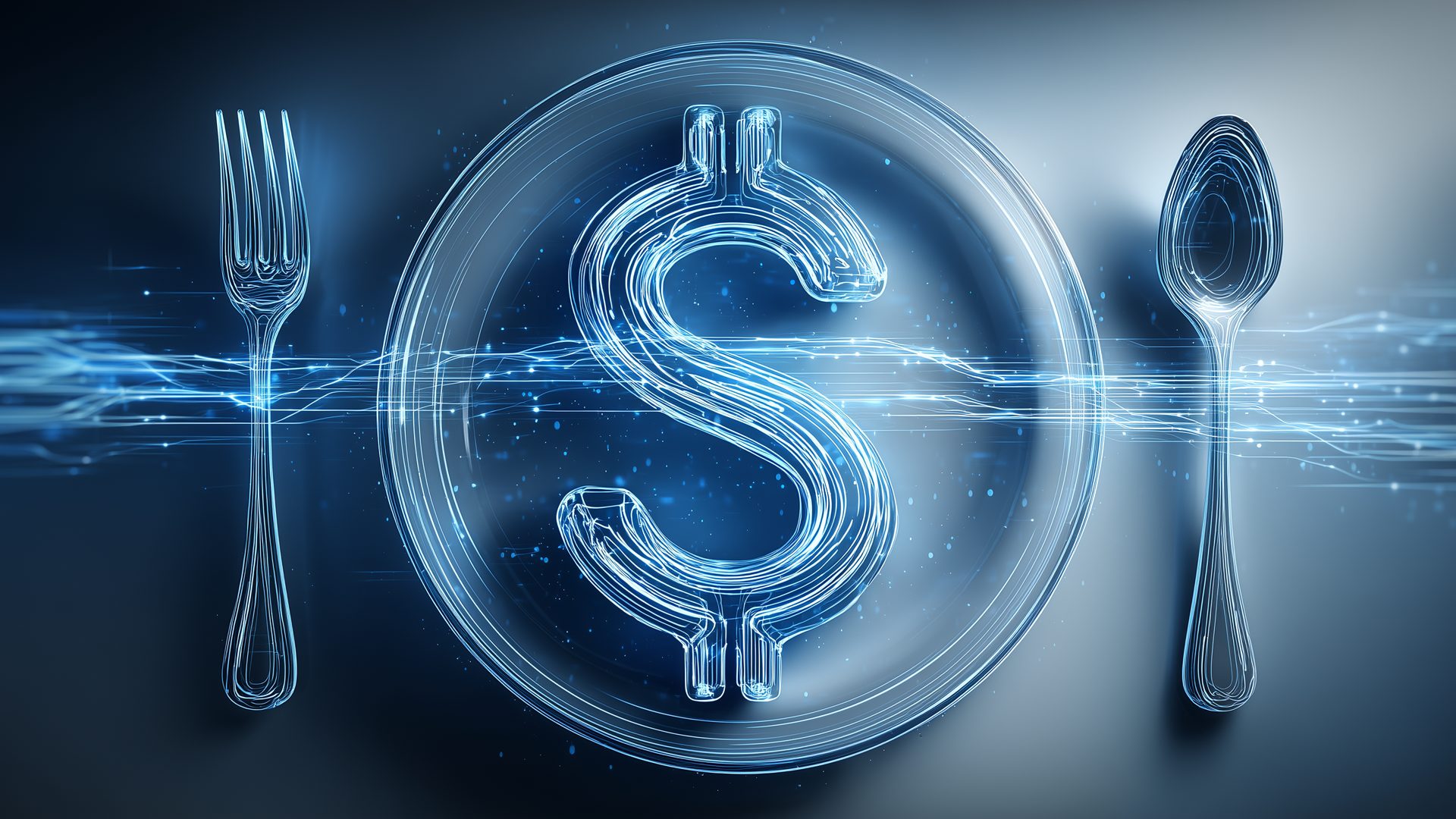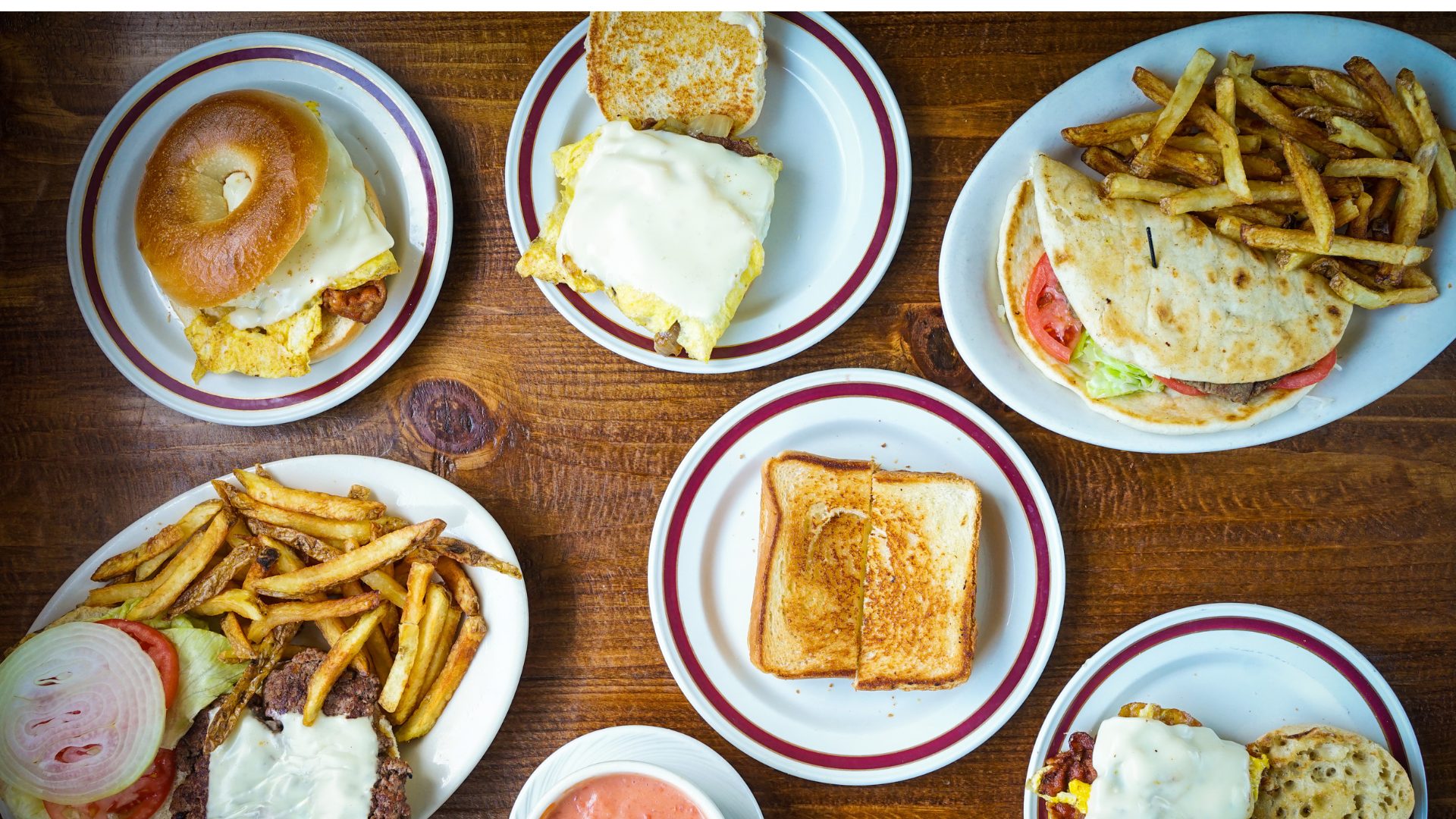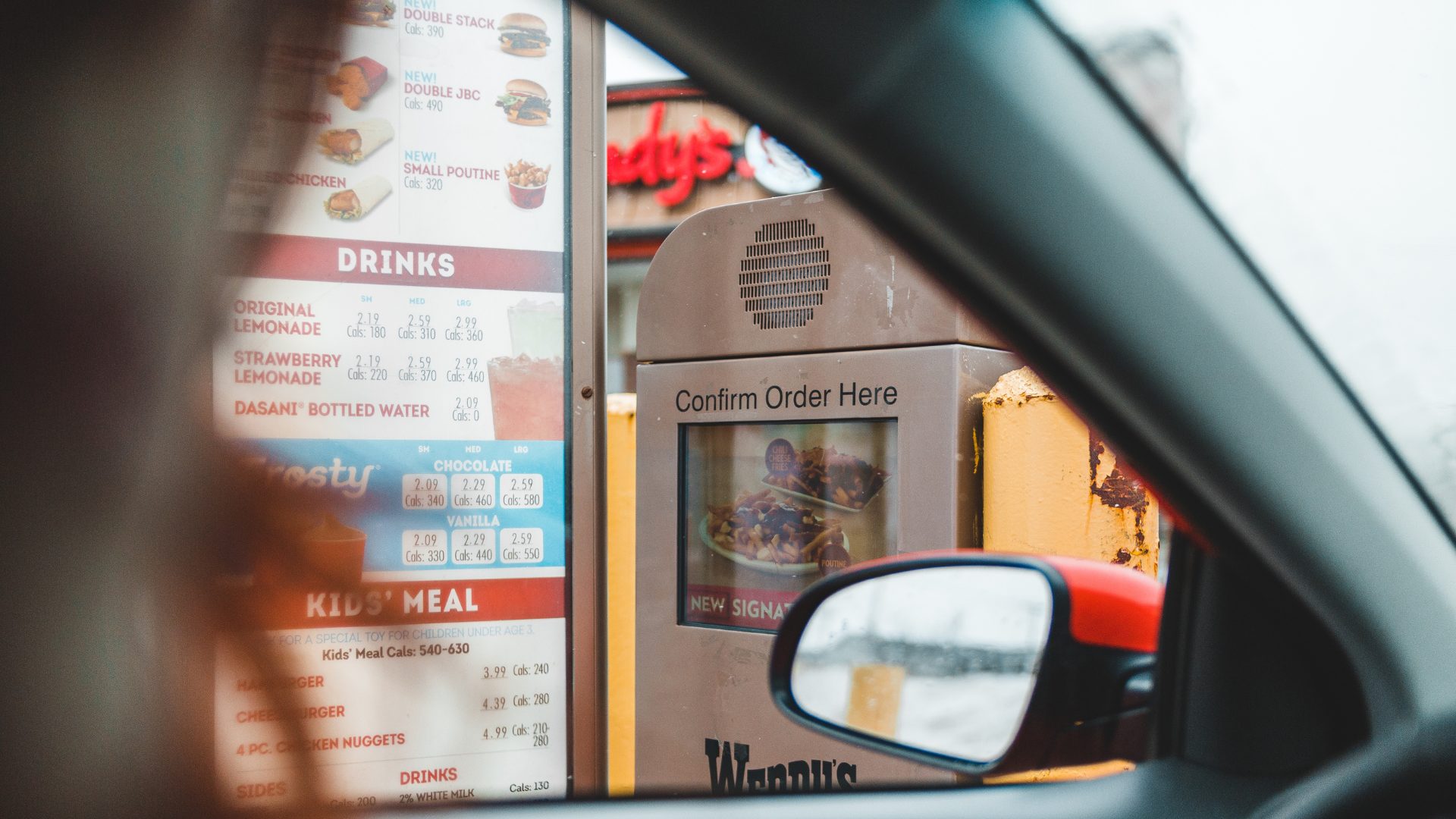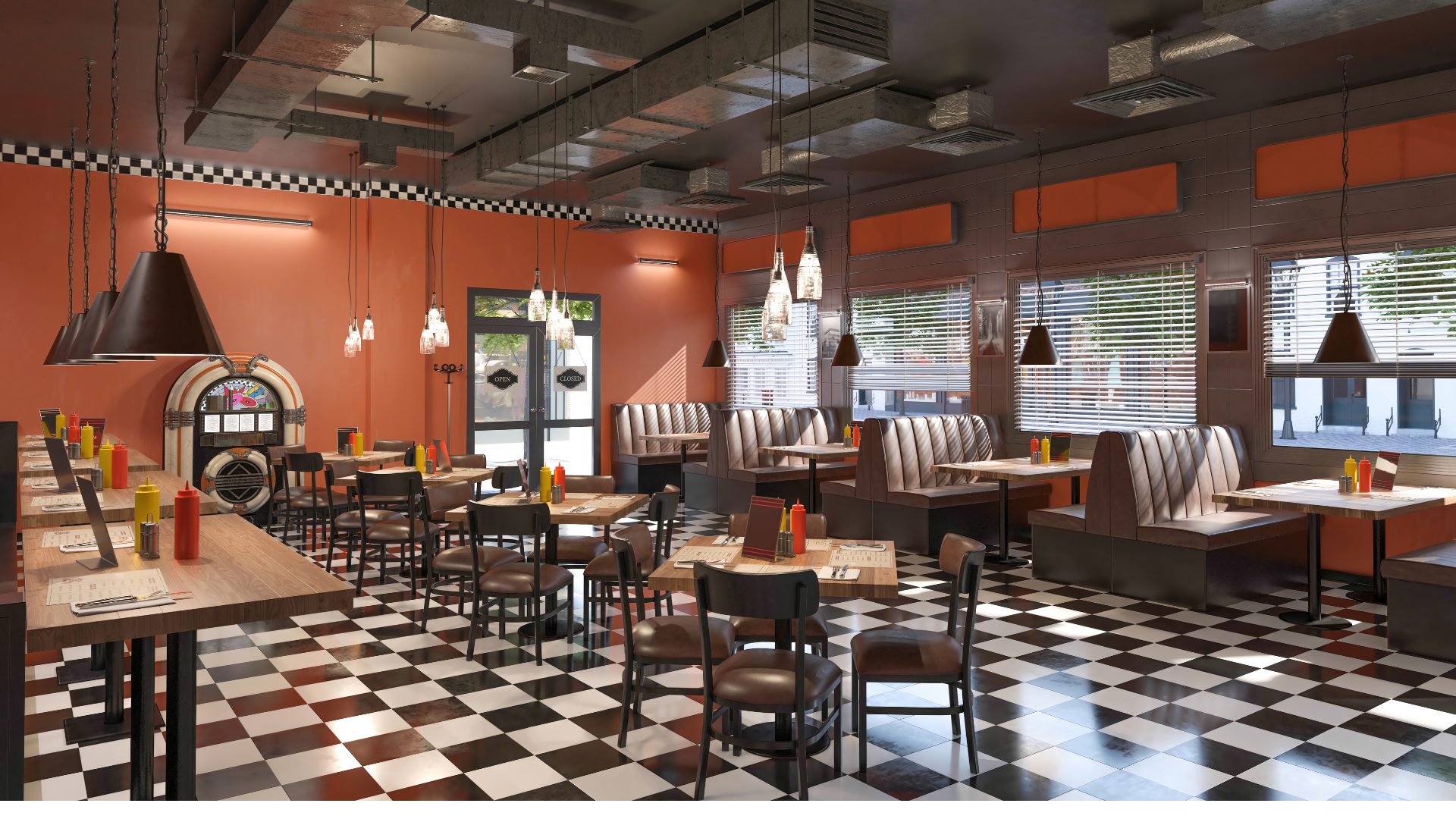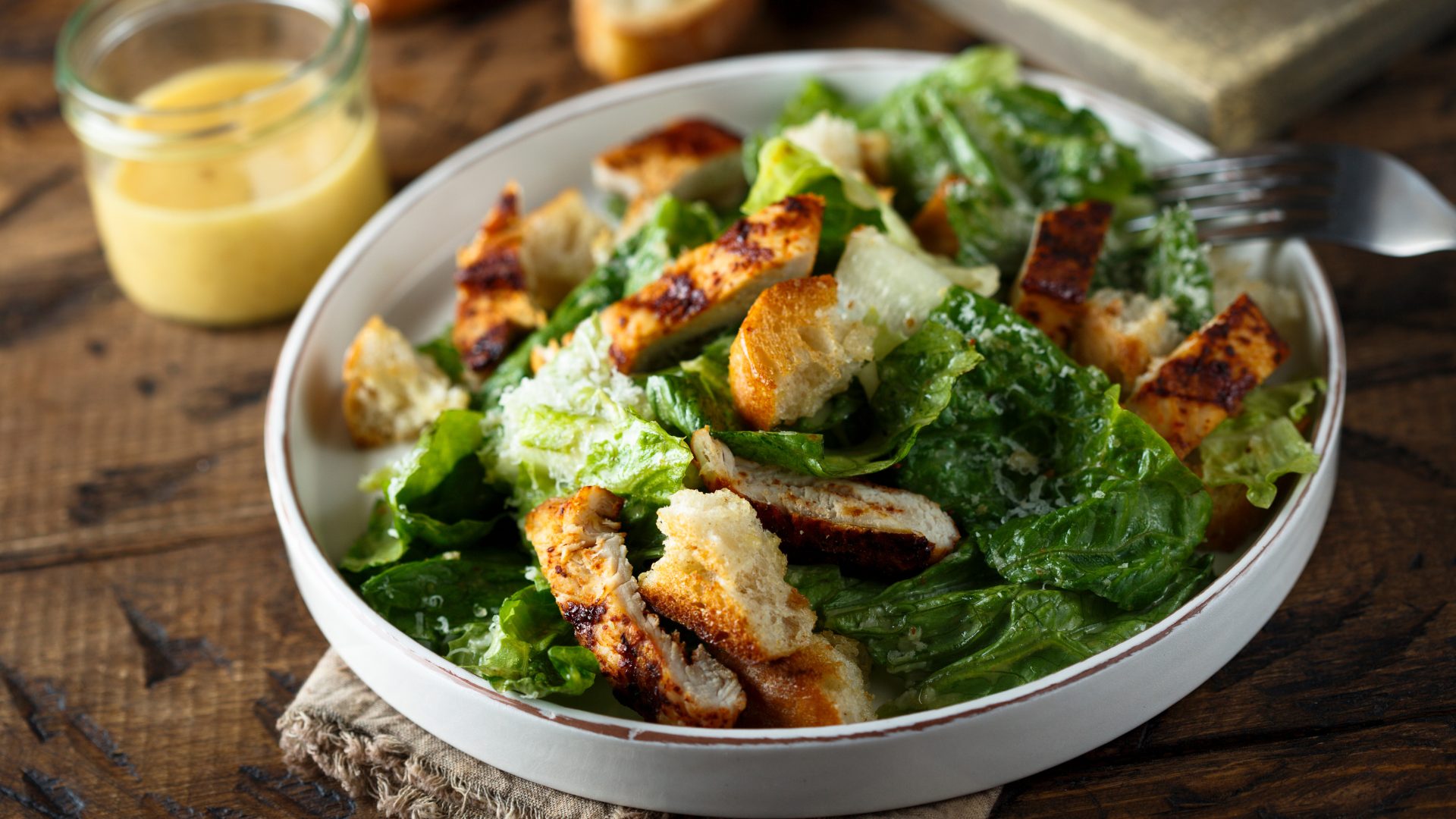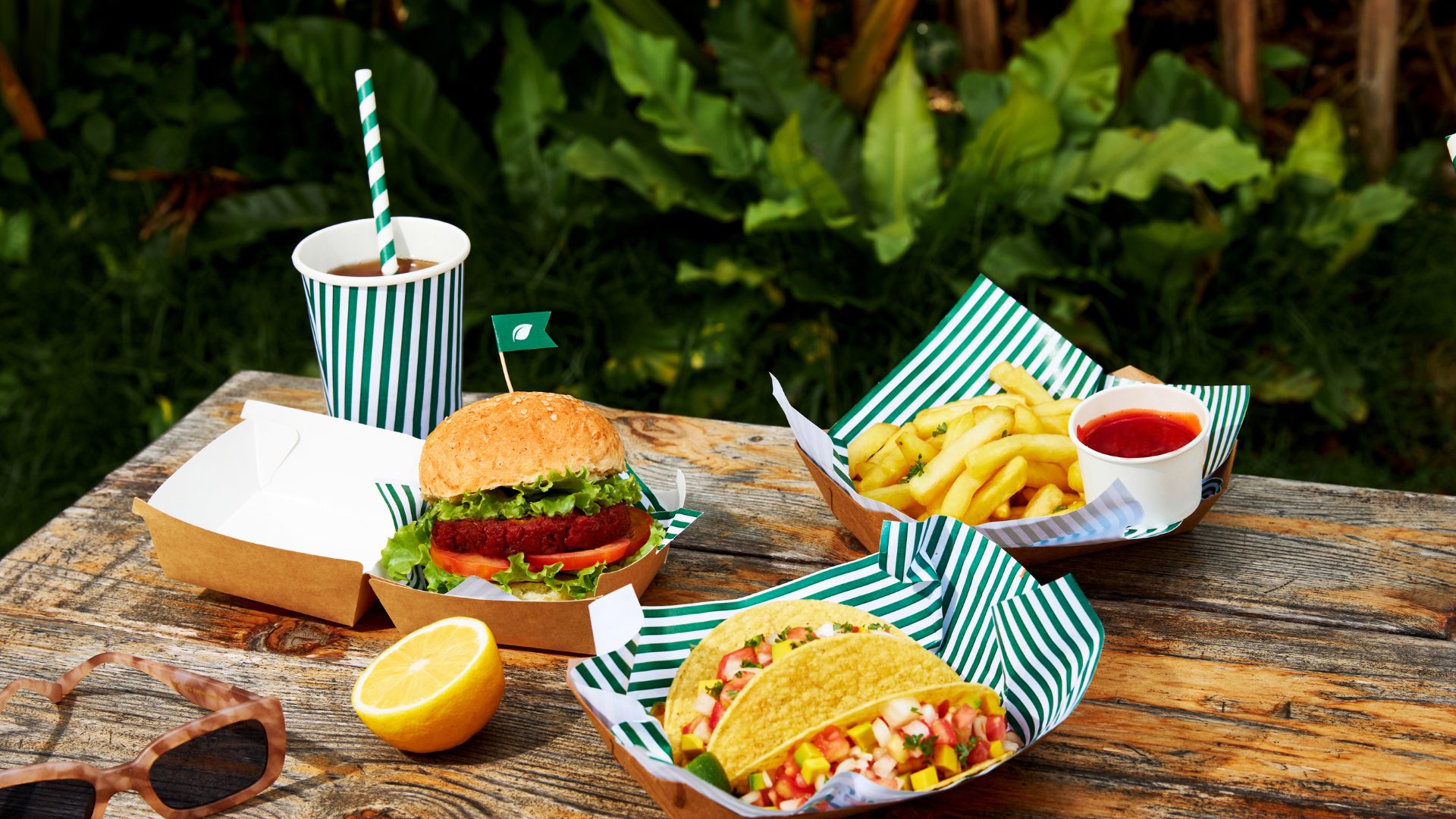Within a foodservice environment that’s growing tougher with each passing day, value-focused promotions remain imperative for restaurants hoping to capture dwindling foot traffic – but value isn’t enough on its own.
Today, the brands that are coming out on top aren’t just offering the cheapest meals – they’re also combining innovative, memorable experiences with prices that feel fair.
This dynamic is reshaping foot traffic across quick-service, fast-casual, and full-service restaurants in the second half of the year, heightening pressure but also expanding opportunities.
In The Food Institute’s recent webinar, “Q4 Crunch Time: Foodservice Foot Traffic & Trend Insights,” R.J. Hottovy, head of analytical research at Placer.ai, explored these themes, among others, and provided actionable insights and strategies for restaurant operators.
In Hottovy’s words, consumers today are “extremely price sensitive,” and after a run of increases, “even low single digits [can be] enough to drive a consumer pushback.”
As a result, he recommends for restaurants to leverage a “combination of innovation and value,” not one or the other.
For instance, new menu launches and calibrated bundles, such as Panera’s Taylor Swift sourdough tie-in, McDonald’s combo pricing, and Taco Bell’s Y2K throwback deal, remain among the fastest drivers of growth.
Each of the promotions above pairs a buzzworthy element (e.g. a major album release announcement) with a clear value proposition, initially spiking awareness and then visitation.
So, where are today’s deal-hungry diners going when they aren’t visiting QSR chains? Dollar and value grocers, plus food-forward convenience stores, recent cross-visitation patterns reveal.
As Hottovy put it, “If they’re not going to QSR chains, where are they going? It really has been value, grocery, and dollar stores … plus convenience stores … particularly during the breakfast and lunch daypart,” with leaders like Buc-ee’s, Wawa, Sheetz, QuikTrip, and Casey’s “taking the baton from QSR.”
Coffee
Per-location momentum is normalizing at the biggest players as price sensitivity bites, while drive-thru-first challengers continue to capture suburban and rural demand. Pricing discipline plus speed and consistency are trumping heavy upcharges.
Fast-Casual
Within the fast-casual sector, many guests are trimming add-ons like beverages and desserts from their orders and trading down to cheaper alternatives at grocery delis or convenience stores to cope with rising food prices and heightening economic uncertainty.
Promotions that bundle a drink or side back into the mix and offer perceived value can potentially help steady traffic without over-discounting and leaving restaurants in a bind.
Full-Service
Chili’s remained the top dog within the casual-dining segment in 2024, with Hottovy describing the brand’s value push as “lightning in a bottle.”
When many consumers realized that they could pay the same prices to dine at Chili’s as they could in fast-casual or quick-service restaurants, they opted for the sit-down experience over the drive-thru.
Despite its recent struggles, Applebee’s appears to be slowly bouncing back via similar plays, and Red Lobster’s turnaround efforts continue to be worth monitoring as well.
Location Strategy: Proceed With Precision
According to Placer.ai data, migration continues to favor certain regions over others, with the Texas metros, Phoenix, Atlanta, Central Florida, and the Carolinas among the areas showing the most promise.
In addition, “Idaho and Montana are starting to be pretty interesting from a unit expansion lens,” Hottovy said.
At the same time, parts of the South/Sun Belt are showing signs of over-expansion relative to population gains, raising visit-acquisition costs for new entrants, making due diligence regarding competitive density, daypart mix, and parking/drive-thru capacity imperative.
Hottovy recommends for restaurant operators to continue leveraging strategies like limited menus, smart nostalgia, and collaborations delivered at a price that feels like a win for consumers.
He expects that QSR and fast-casual headwinds will linger for the foreseeable future and advises restaurants to lean into channels and formats where the price-experience trade-off is obvious.


